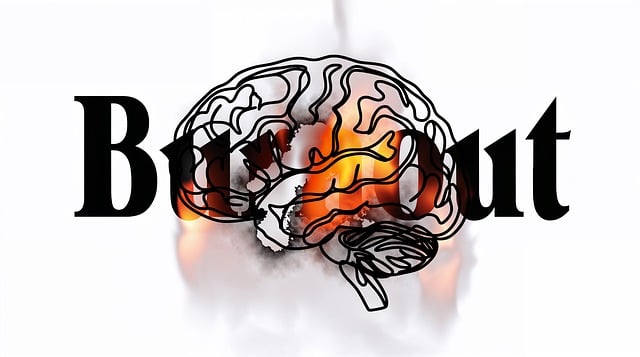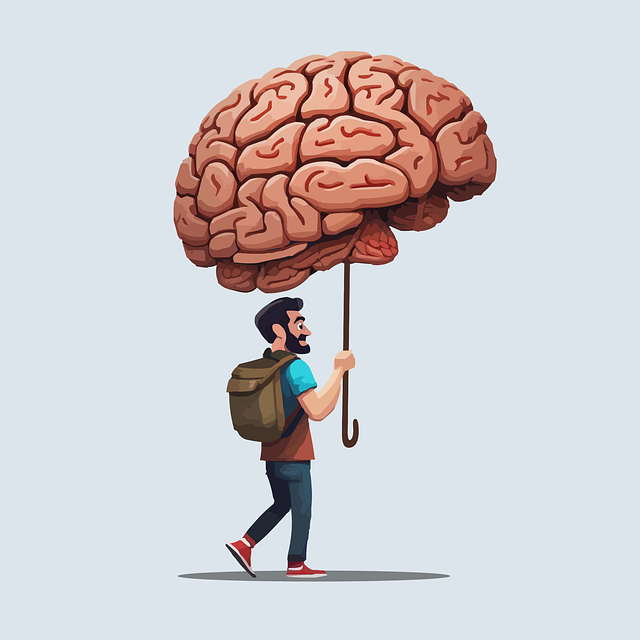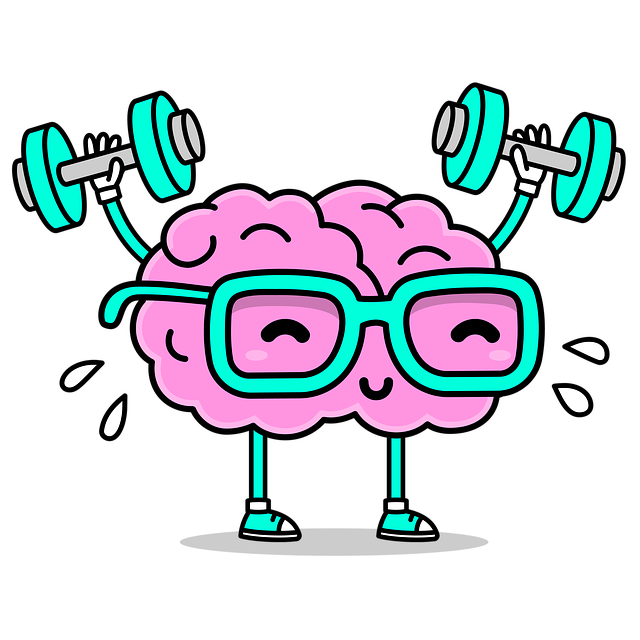Teens with developmental disabilities need specialized therapy tailored to their unique communication and learning styles. Creative strategies like journaling and art engage them, while teaching emotional regulation skills is vital. Stigma significantly impacts their mental health access and well-being, highlighting the importance of advocacy initiatives that raise awareness, challenge norms, and promote understanding. Overcoming barriers through education, self-care resources, and supportive environments empowers teens to manage moods and take charge of their mental health. Success stories show specialized therapy programs, policy changes, and burnout prevention for healthcare providers effectively support this demographic. Integrating these efforts into mainstream healthcare enhances accessibility and early intervention while reducing stigma and promoting empathy.
Mental health advocacy initiatives play a crucial role in supporting adolescent teens with developmental disabilities. This article delves into the unique needs of this vulnerable population, exploring how stigma impacts their well-being and discussing effective strategies to combat it. We examine barriers to accessing therapy and highlight success stories that have made positive differences. Additionally, we offer continuous improvement strategies for mental health advocacy, emphasizing the importance of tailored therapy for adolescent teens with developmental disabilities.
- Understanding the Unique Needs of Adolescent Teens with Developmental Disabilities
- The Impact of Stigma and How Advocacy Works to Combat It
- Accessing Therapy: Overcoming Barriers for This Vulnerable Population
- Success Stories: Initiatives That Have Made a Positive Difference
- Strategies for Continuous Improvement and Support in Mental Health Advocacy
Understanding the Unique Needs of Adolescent Teens with Developmental Disabilities

Adolescent teens with developmental disabilities face unique challenges when it comes to their mental health. They often require tailored support and specialized therapy to navigate the complexities of both their disability and their emotional development. Traditional therapy approaches might not always resonate with this demographic, as they may have distinct communication styles and learning patterns.
Incorporating creative strategies, such as mental wellness journaling exercises or even simple self-care practices, can be powerful tools for these teens. It allows them to express themselves in a familiar and comfortable way, whether it’s through writing, drawing, or other artistic means. Additionally, teaching emotional regulation skills is essential, helping these individuals identify and manage their feelings effectively. This could involve learning techniques to calm down, recognize triggers, and develop healthy coping mechanisms tailored to their specific needs.
The Impact of Stigma and How Advocacy Works to Combat It

The impact of stigma on mental health cannot be overstated, especially for adolescents with developmental disabilities who often face a double-edged challenge. Stigma not only hinders their access to essential therapy and support services but also profoundly affects their emotional well-being promotion techniques and overall quality of life. It creates a wall that isolates them from seeking help and fosters feelings of shame and self-doubt, which can escalate mental health issues like anxiety and lead to more severe problems.
Mental health advocacy initiatives play a pivotal role in breaking down these barriers. By raising awareness about developmental disabilities and mental health, these campaigns challenge societal norms and stereotypes that contribute to stigma. They promote understanding, encourage empathy, and advocate for equal access to therapy for adolescent teens, ensuring they receive the necessary anxiety relief and mood management tools. Through education, storytelling, and support networks, advocacy fosters an environment where individuals with developmental disabilities can thrive, their emotional well-being is celebrated, and they are empowered to lead fulfilling lives.
Accessing Therapy: Overcoming Barriers for This Vulnerable Population

Accessing therapy can be a significant challenge for adolescent teens with developmental disabilities, as they often face unique barriers to seeking support. Stigma surrounding mental health issues in this population exacerbates the problem. Many teens may not recognize their symptoms or feel uncomfortable discussing them, especially if they have limited understanding of their condition. Additionally, financial constraints and a lack of specialized services can make traditional therapy an inaccessible option.
Initiatives focused on inner strength development and fostering positive thinking are crucial steps to overcoming these barriers. By providing educational resources and creating supportive environments, teens can develop coping mechanisms for managing their moods. Encouraging open dialogue about mental health and promoting self-care practices can empower this vulnerable group to take initiative in their well-being, ensuring they receive the necessary support and care.
Success Stories: Initiatives That Have Made a Positive Difference

In the realm of mental health advocacy initiatives, success stories abound, offering hope and inspiration for continued progress. One notable example is the rise of specialized therapy programs tailored for adolescent teens with developmental disabilities. These initiatives focus on integrating evidence-based practices alongside personalized support to address unique challenges. By fostering self-awareness exercises, teens gain valuable tools to manage their mental well-being, breaking down barriers and promoting resilience.
Moreover, advocacy groups have been instrumental in pushing for more inclusive Mental Health Policy Analysis and Advocacy. Their efforts have led to increased awareness about the specific needs of marginalized communities, prompting the development of targeted interventions. Additionally, Burnout Prevention Strategies for Healthcare Providers are gaining traction, recognizing the importance of supporting those who dedicate their lives to mental health care. These strategies ensure that providers can offer consistent, compassionate support, ultimately improving patient outcomes and fostering a more sustainable healthcare system.
Strategies for Continuous Improvement and Support in Mental Health Advocacy

Mental health advocacy initiatives thrive through continuous improvement and support. One effective strategy is integrating therapy for adolescent teens with developmental disabilities into mainstream healthcare systems, ensuring accessibility and early intervention. By doing so, we address the root causes of mental illness before it intensifies.
Furthermore, Mental Illness Stigma Reduction Efforts play a pivotal role in fostering an inclusive society. Mental Health Education Programs Design tailored for communities can dispel misconceptions and promote empathy. Conflict Resolution Techniques, when incorporated into these programs, empower individuals to handle challenges constructively, creating a supportive network that amplifies mental wellness.
Mental health advocacy initiatives play a pivotal role in ensuring that adolescent teens with developmental disabilities receive the therapy they need. By addressing the unique challenges these individuals face, combating stigma through education and awareness, and continuously improving access to care, we can foster supportive environments that promote their overall well-being. Accessing therapy is not just about breaking down barriers; it’s about building bridges to a brighter future for this vulnerable population. Let’s continue to advocate, innovate, and provide the necessary support for adolescent teens with developmental disabilities to thrive.














